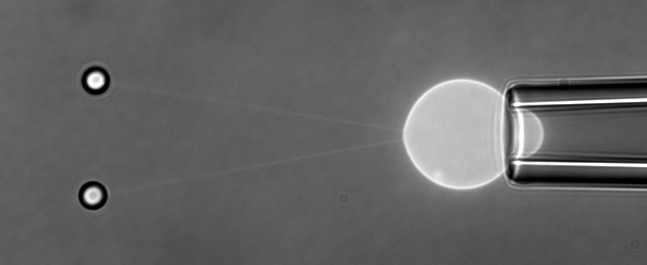
1. Institute of Biophysics at the Faculty of Medicine, University of Ljubljana comprises an interdisciplinary team of researchers who focus on topics spanning from biophysics of lipid membranes and living cells to physics of complex fluids and microfluidics. The Institute’s research infrastructure consists of a range of optical microscopes (confocal, fluorescence, polarizing …), optical tweezers, cell laboratory and a laboratory for microfluidics.
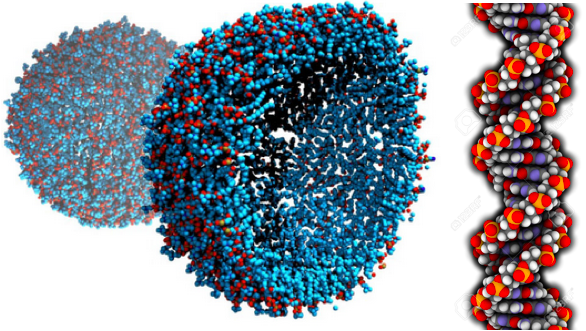
2. Biophysics group at the Department of theoretical physics at the Jozef Stefan Institute focuses on a broad range of problems in theoretical biophysics and theoretical soft matter physics. Research topics include physics of molecules, viruses, cells, tissues, and organisms. The main methodology of the group is development of simplistic minimal models to describe various processes in biological systems.
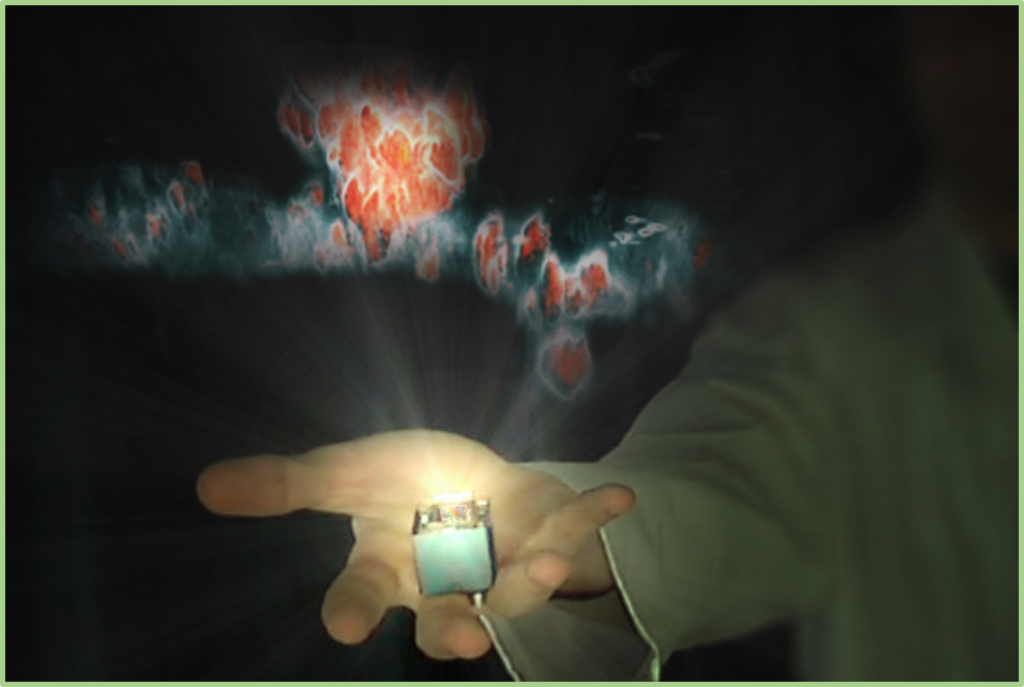
3. Laboratory of Biophysics at Condensed matter physics department at Jožef Stefan Institute unravels new mechanisms of interacting materials and living biological systems. By employing novel advanced techniques such as super-resolution microscopies, nanoscopies, microspectroscopies and correlative microscopies we deepen understanding of the molecular world and create advanced concepts in medical diagnostics, therapy, and biotechnology. Some of them are then exploited in our spin-out company Infinite d.o.o.
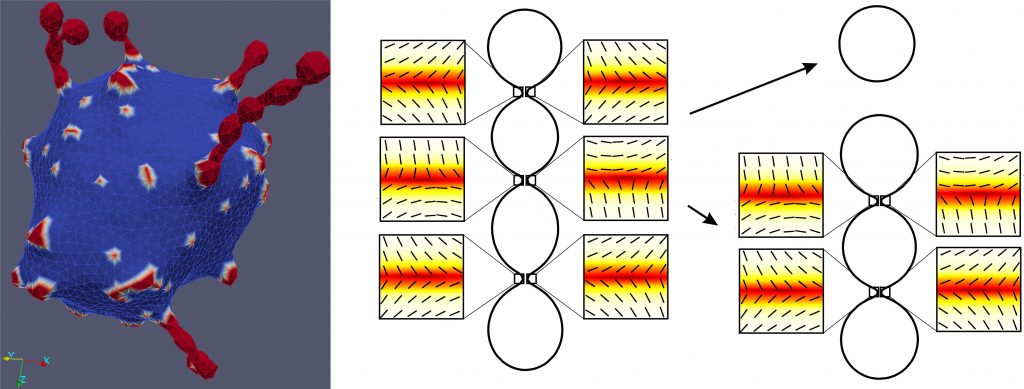
4. Laboratory of Physics, Faculty of Electrical Engineering, University of Ljubljana. The main research interests of the laboratory are (theory, simulations and experiments): electrostatics and statistical physics of biological membranes, membrane vesiculation, physics of electric double layer, synthesis of inorganic nanomaterials and their interactions with biological cells, extracellular vesicles, tunneling nanotubes, topological defects in biological membranes, joint biophysics and mechanics. Some of the members of the Laboratory of Physics are also members of the Laboratory of Clinical Biophysics at the Chair of Orthopaedics of the Faculty of Medicine.
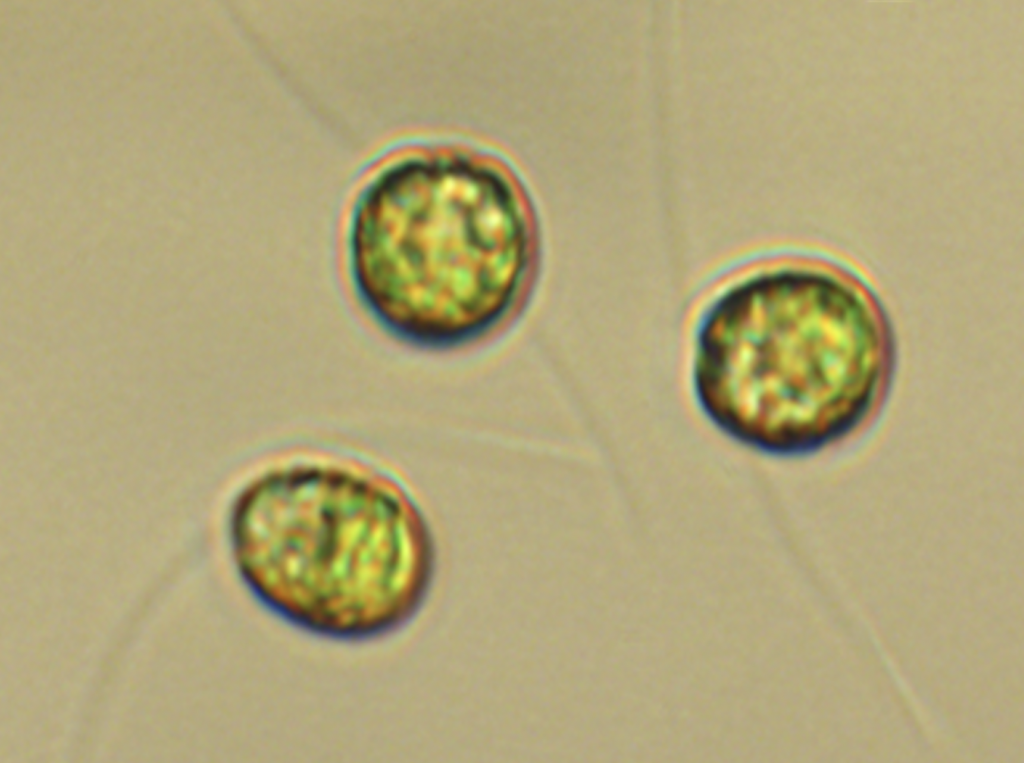
5. The prime subject of work of the Laboratory of Clinical Biophysics is theoretical and experimental research of clinically important problems by using physical methods. We are committed to life-friendly methods and encourage cooperation between different areas of knowledge. Recently, we have focused on the study of nanostructures that are shed from the cell membrane and become free-moving cellular nanovesicles (CNVs). CNVs are cellular fragments that travel to other cells in the same organism or in other organisms and interact with them. Thus, they mediate in the communication between microorganisms, plants, animals and humans. They represent the boundary between the living and the non-living. We study the mechanisms of CNV formation and the natural laws to which they are subject. The systems we are most interested in at the moment are blood and microalgae cultures. We are developing mathematical models to describe the biomechanics of the locomotor system. The HIPSTRESS method is used to determine the contact pressure in the hip and in the hip prothesis. We also study the biomechanics of sagittal balance and the corresponding shape of the spine. Mathematical models are used to decribe various pathologies. In other theoretical work we discuss electric double layer, elastomechanics of the membrane, self-assembly of molecules, stability of thin anisotropic structures (organic in inorganic nanotubes, strips in non-lamellar stacks). In experimental work, we consider giant phospholipid vesicles and nanostructures in blood and in microalgae cultures, especially nanotubes and pores. Our experimental equipment is the Laboratory of Physics, Faculty of Electrical Engineering, Tržaška 25, 1000 Ljubljana, Slovenia and at the Department of Orthopaedic Surgery, University Medical Centre Ljubljana, Zaloška 9, 1000 Ljubljana, Slovenia.
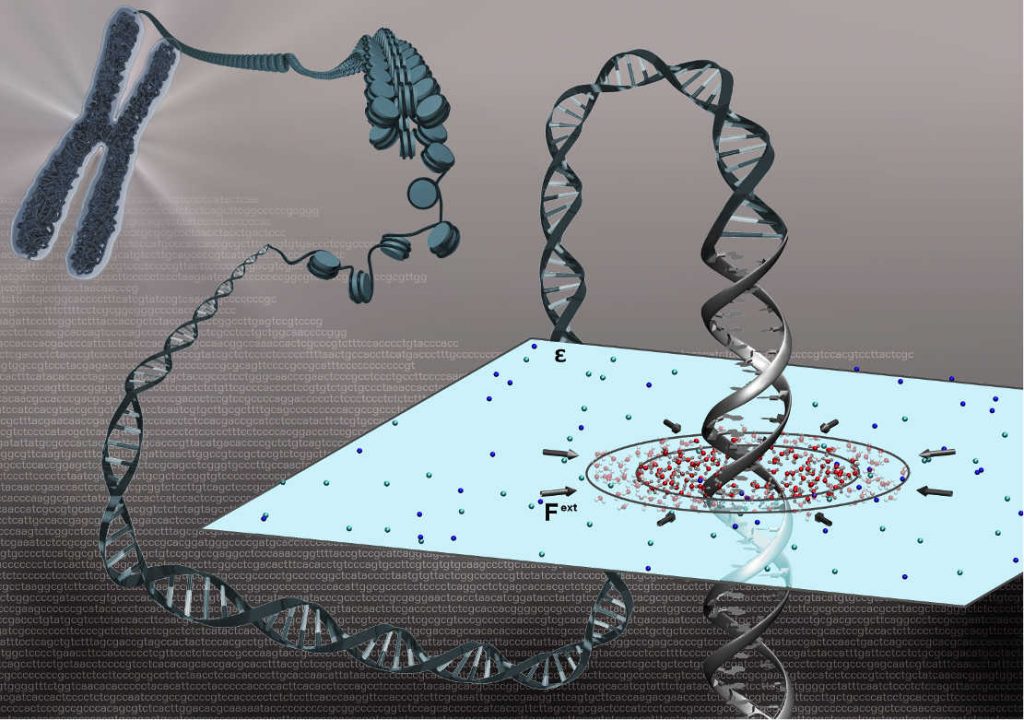
6. The laboratory for Molecular Modeling pursues a variety of research topics in life and material sciences using molecular modeling approaches. Our research interests, which are at the interface of computational physics, chemistry, and applied mathematics, include: multiscale modeling and simulation of soft and biological matter, open boundary molecular simulations, nanofluidics, and study of structure and function of proteins and protein interactions.
Associate biophysics groups
Urbanc Group at Drexel University, USA
Computational and experimental biophysics of protein folding and assembly, relevant to Alzheimer’s and Parkinson’s disease; discrete molecular dynamics of coarse-grained protein and lipid models; all-atom molecular dynamics of intrinsically disordered peptides and proteins in aqueous solutions.
Kobe Group at The University of Queensland, Australia
The group’s research theme is protein structure and function, with the emphasis on understanding the structural basis of intra- and intermolecular interactions formed by these macromolecules and inferring function from structure. The biological focus is on proteins involved in infection and immunity. The goal of the research is to use structural and molecular information to understand the molecular and cellular functions of proteins, validate proteins as therapeutic targets or biotechnological products, and to design new therapeutics and biotechnological applications. The primary techniques used in the laboratory are X-ray crystallography and cryo-electron microscopy, combined with a plethora of other molecular biology, biophysical and computational techniques.
Godec Group at Max Planck Institute for Biophysical Chemistry, Göttingen, Germany
We develop and apply the methods of mathematical physics and the theory of stochastic processes to study phenomena in biophysics. Our main research focus is currently the non-equilibrium statistical mechanics of single molecules. In particular, we aim at a trajectory-based description of macromolecular conformation dynamics as well as of their spatial transport, binding, and reactions. In our work we employ a combination of rigorous analysis corroborated by computer simulations.